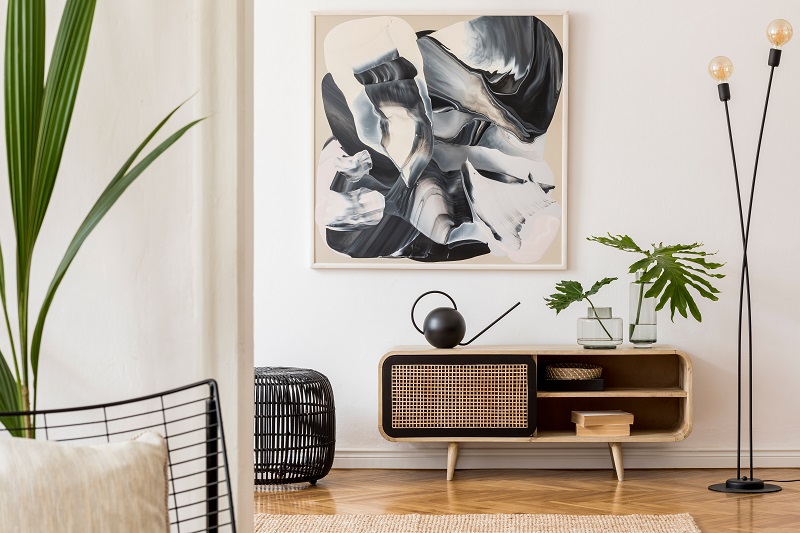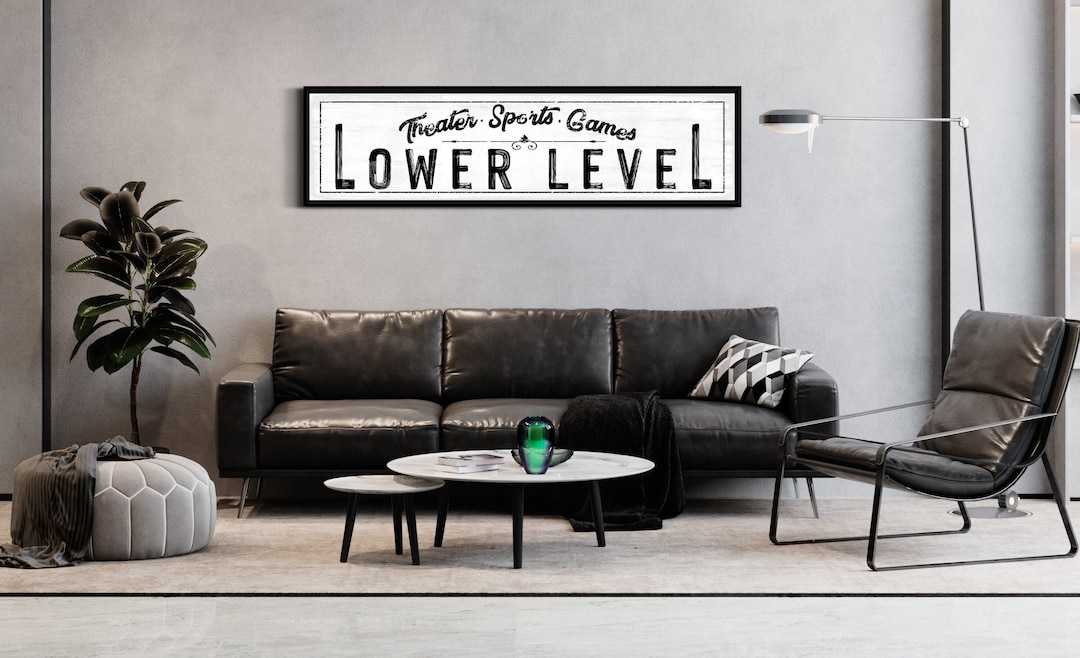Essential Printing Tips for Large Wall Art: A Professional Photographer's Guide
For professional photographers, the ability to create stunning large wall art can turn your photography into an impressive centerpiece in any room. However, achieving the ideal print requires a thoughtful approach to several important factors. In this guide, we will delve into crucial printing tips for large wall art that will enable you to produce high-quality prints that not only grab attention but also leave a lasting impression. Whether you're preparing prints for a client or planning for your own exhibition, these insights will help your art shine.

Understanding the Right Medium
The foundation of printing large wall art starts with understanding the medium you'll be working with. The decision between canvas, metal, or fine art paper can significantly alter the final outcome of your print. Each medium possesses distinct characteristics that can enhance various elements of your photography.
Canvas prints deliver a classic, textured appearance, adding depth and warmth to your art. In contrast, metal prints offer a contemporary and sleek finish, showcasing vibrant colors and sharp details. Fine art paper, on the other hand, excels in retaining delicate details and soft gradients, making it a preferred choice for monochromatic photography. For more inspiration on wall decor ideas, check out this article.
Resolution and DPI: Crucial for Clarity
When printing large wall art, achieving the right resolution is critical. Ensure that your images are captured at a high resolution to maintain exceptional clarity and sharpness when enlarged. It's recommended to use at least 300 DPI (dots per inch) for large prints. This ensures that even the tiniest details are preserved, resulting in a crisp and professional output.
If you're working with digital files, capturing images at the highest resolution possible is vital for cropping and resizing without sacrificing quality. For more tips on maintaining resolution, take a look at our resolution guide.
Color Calibration: Ensuring Consistency
To achieve true-to-life colors in your large wall art prints, meticulous color calibration is necessary. Regularly calibrating your monitor is key to making sure the colors you see on-screen translate accurately to the final print. This process is crucial for maintaining consistency across different printing sessions and devices.
Investing in a high-quality monitor and a color calibration tool can profoundly affect the accuracy of your prints. Color consistency guarantees that your artwork radiates the vision you intended. For additional color calibration techniques, browse through our calibration tips.
Choosing the Right Print Size
The dimensions of your print can dramatically impact the effect of your large wall art. Consider the area where the artwork will hang and select a size that enhances the surrounding environment. Larger prints work wonderfully in spacious areas, while smaller pieces can create a more intimate feel.
Additionally, consider the intended viewing distance; larger prints are best appreciated from afar, while smaller prints can be closely examined. For tips on decorating large walls, visit this guide.
Final Touches: Framing and Mounting
After printing your large wall art, the next step is to think about your framing and mounting options. A thoughtfully selected frame can elevate the overall presentation and protect your print from wear and tear. Choose a frame that complements not only your artwork but also the decor of the surrounding space.
For larger prints, float mounting techniques are worth considering, as they create a shadow effect that adds depth to the presentation. Alternatively, a frameless design with a streamlined finish can also be very appealing. Explore various framing options at Big Wall Decor.
Conclusion
Crafting magnificent large wall art requires keen attention to detail and a thorough understanding of the printing process. By contemplating elements such as medium, resolution, color calibration, and framing, you can create prints that truly highlight the beauty of your photography. As a professional photographer, mastering these printing tips for large wall art will take your work to new heights and leave an unforgettable impression on your audience.

FAQ
What resolution is best for large prints?
For optimal clarity in large prints, a resolution of at least 300 DPI is recommended.
How can I achieve accurate colors in my prints?
By regularly calibrating your monitor and utilizing a color calibration tool, you can ensure the colors on-screen match those in the final print.
What framing options are available for large wall art?
Consider using float mounts for a shadow effect or a frameless option for a contemporary appearance. Explore various options to find the best match for your artwork.

